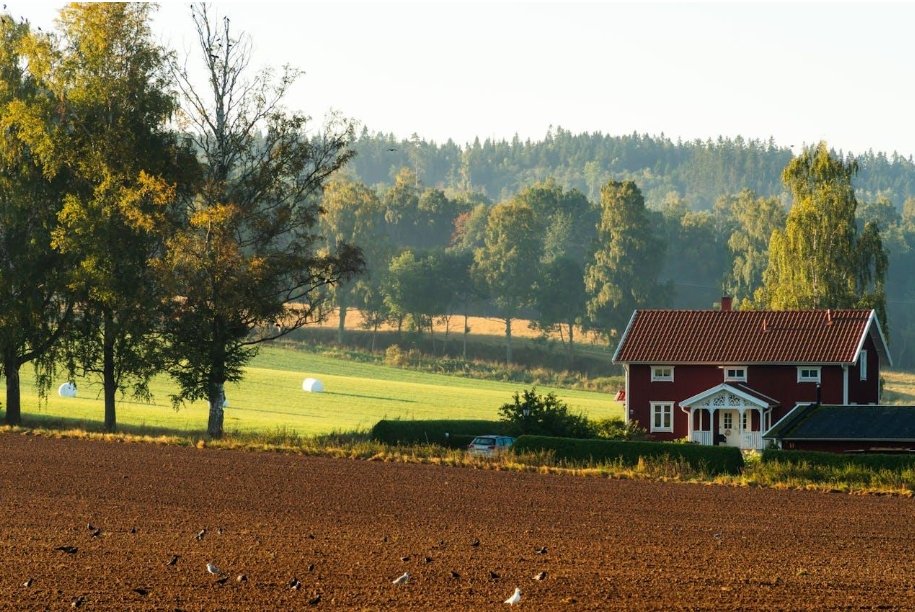In an age where expediency, sustainability, and innovation are requisites, the emergence of prefabricated homes is an alluring trend we simply cannot discount. Once viewed as an unorthodox housing solution, these industrial manufactured properties are gathering steam among potential homeowners and conservationists alike, testimonies to their cost-effectiveness, swift construction, and environmentally conscious blueprints.
The Value Proposition of Prefabricated Homes’ Efficiency
The adage “time is money” has never been more relevant than in the backdrop of the construction arena. Conventional home-building projects often extend into months or years, frequently marred by delays and budget overspends. By stark contrast, prefabricated homes embody efficiency, erected in a fraction of the time, sometimes a few weeks. This swift execution doesn’t just conserve time but significantly curtails labour expenses.
In the relentless rhythm of the contemporary world, where housing demand perpetually escalates, the likes of Humpy Co’s prefabricated homes in Brisbane provide a competitive advantage. Their ability to expedite project completion presents an appealing proposition, especially in metropolitan areas where housing demand peaks and delays cause financial haemorrhages.
The Eco-Friendly Pledge of Prefab Homes
The substantial environmental rewards of prefab construction cannot be overlooked, especially in a world grappling with the exigency of climate change. Prefabricated homes are often designed with a sharp focus on energy conservation that reduces the dependency on extensive heating and cooling. Moreover, their production in controlled factory environments minimises waste through precision operations and facilitates recycling of surplus material.
By curbing waste and enhancing energy conservation, prefab homes shine as flag bearers of sustainable living. For those with an ecological conscience who aim to lower their carbon emissions, these homes are a compelling alternative to traditional building practices, usually without compromising on comfort and aesthetic appeal.
The Marriage of Customisation and Sustainability
Prefab homes have often been misconstrued as uniform solutions. However, contemporary prefabrication allows extensive customisation, letting homeowners mould their space to mirror personal tastes and operational requisites. Whether it’s minimalist, modern designs or warm, rustic themes, today’s prefab homes cater to a multitude of styles.
Technological advancements have unlocked the potential to integrate innovative features like integrated home systems and sustainable technologies right from the concept phase. This adaptability has been instrumental in shifting consumer perceptions, transforming these dwellings from simple economical alternatives to highly coveted habitats worth investing in.
The Widespread Appeal of Prefab Living
No longer confined to the periphery of the housing market as an economical option, prefabricated homes are resonating with a diverse demographic. While affordability has attracted first-time buyers, the trend has also captured the interest of luxury buyers seeking distinctive homes that blend aesthetics with modern-day construction convenience.
This transformation mirrors a wider societal value shift towards efficient, sustainable, and customisable habitats. Prefabricated homes are not just a niche market anymore, they symbolise an innovative answer to the modern housing predicament, offering both economic and environmental advantages.
All in all, as we stride further into the 21st century, the allure of prefabricated homes will only amplify. Positioned adeptly to address critical issues of affordability, sustainability, and efficiency, these homes are leading us towards a future where sustainable living transitions from a luxury to a commonplace reality. For those poised to embrace this change, the future is already here—and it’s prefab.

